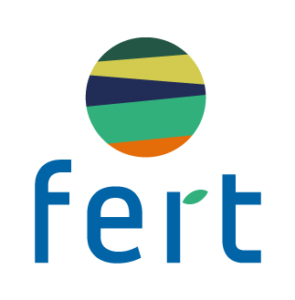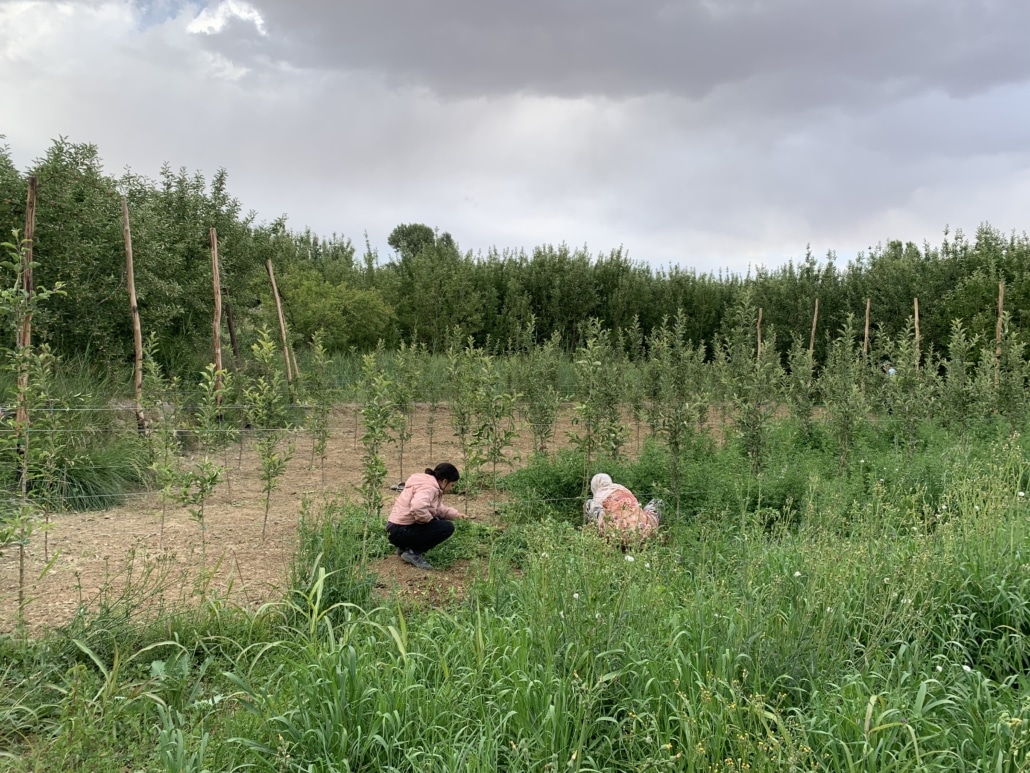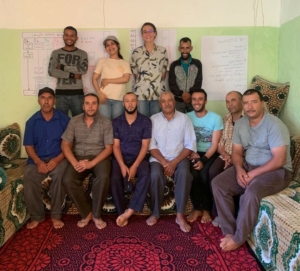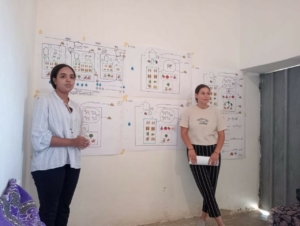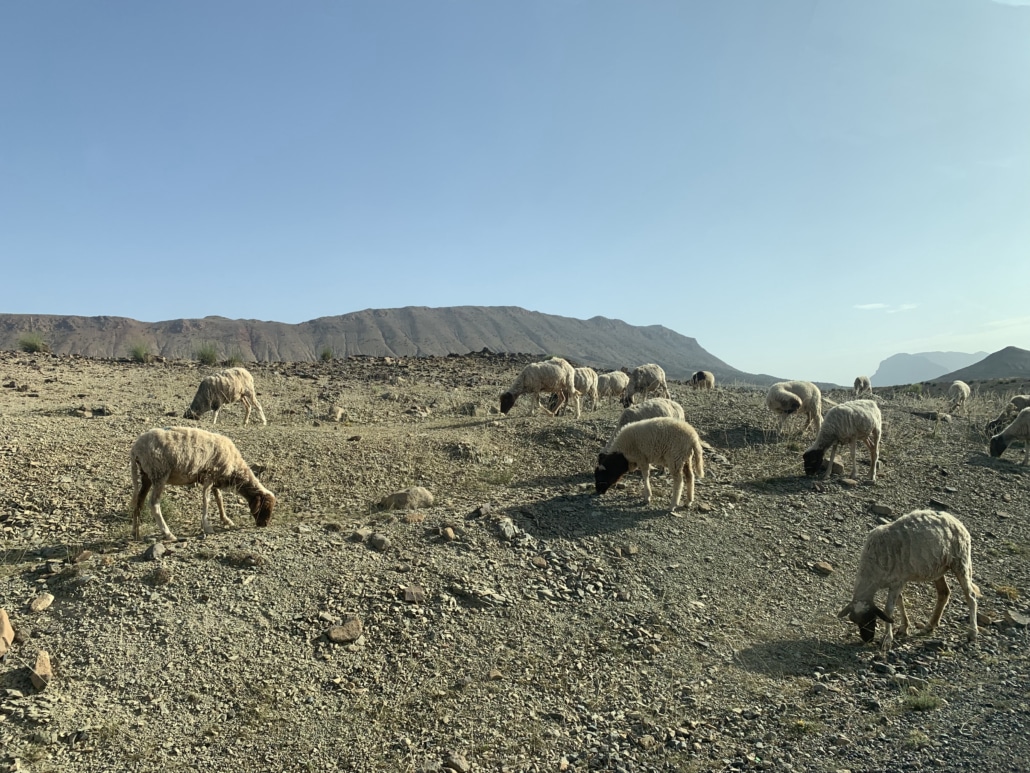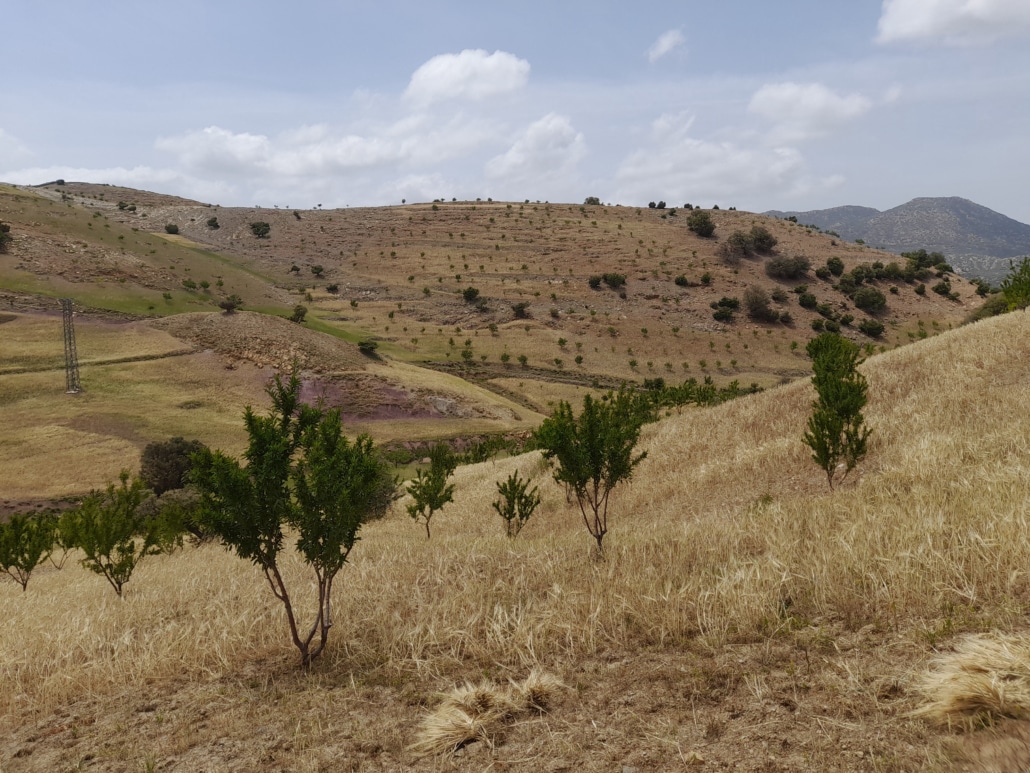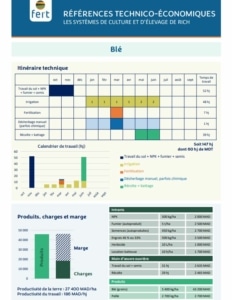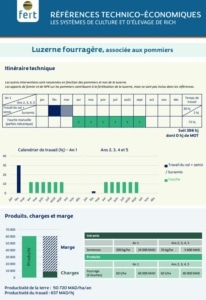Fert has been supporting apple producers in Rich since 2014 and almond producers in Taza since 2021 in the development of their agricultural farms.
At this stage, the action focused on a priority production: apples and almonds, respectively. Aware that the challenges are more systemic, that there is a diversity of agricultural farms with varied needs, and that the needs will continue to evolve in the context of climate change, Fert has initiated two studies. Both studies aim to help Fert adapt its action to better support farmers in their productions and their valorization.
Under a partnership agreement between Fert and le Pôle Tropiques et Méditerranée of the Institut Agro, two students were mobilized by Fert for 6 months.
Lucile GUIHENEUF went to the Taza region, and Lucie MONNE went to Rich to conduct these studies in collaboration with young Moroccan agronomists. Their internship was supervised by Asmae MEKNASSI, coordinator in Morocco for Fert and IECD Morocco, Mélanie CANET, project manager at Fert, and Betty WAMPFLER, teacher-researcher at the Agro Montpellier Institute.
Study method
Lucile and Lucie used the agrarian diagnosis approach, extended to the activity system, and the value chain analysis approach to provide food for thought.
Various semi-structured interviews were conducted with farmers and key service providers (government agencies, producer organizations, input shops, etc.). These interviews aimed to understand the agricultural history of the area, the technical aspects of crops and livestock, their economic outcomes, the functioning of producer organizations, the access to services, and more. Ultimately, the goal was to describe and analyze the production strategies that characterize the diversity of family farms in each region.
To deepen their understanding of the post-harvest aspects of the apple and almond value chains, Lucile and Lucie met with intermediaries, wholesalers, cold storage facility managers, and wholesale markets. The interviews focused mainly on procurement, storage, sales, networks, and economic outcomes.
Manual mowing of alfalfa in Aït Bouchbout in Rich region.
Analyzing the functioning of farms and the supply chain
Lucie’s experience in Rich.
Lucie MONNE (on the right) during her presentation in Rich
The apple industry in Rich experienced significant growth starting in the 1990s.
Surveys confirm the central economic role that apples play for the farms today. Nevertheless, other activities such as dairy or alfalfa seed production have been identified as profitable diversification opportunities to enhance and secure the income of small-scale producers. These diversification strategies are contingent on access to various factors (water, land, capital, market, etc.), leading some farmers to invest in para or extra-agricultural activities.
The analysis of the apple sector revealed the existence of a complex and unstructured system of stakeholders where informal relationships predominate. Apple growers in Rich struggle to establish a lasting foothold these markets due to their limited bargaining power, lack of financial and material resources, and poor organizational skills.
The desire expressed by these farmers to specialize in apple production could negatively impact the resilience of their farms.
To enhance their viability, Fert can adapt its service offering by working on several fronts. One key action is to strengthen technical support for sustainable apple cultivation practices. Advisory services can also be extended to income-generating activities that promote farm resilience, such as dairy farming, for example. Pooling their resources and networks is another avenue that growers can explore to enhance the value of their apples.
Lucile’s experience in Taza.
Lucile GUIHENEUF (on the right) during her presentation in Taza
Agriculture in the Taza area remained traditional and diversified for a long time, with subsistence crops (cereals, legumes, forage) including fallow periods and small-scale sheep farming.
The agrarian diagnosis highlighted the changes that have been taking place for a decade. Droughts are becoming more frequent and severe, greatly affecting subsistence crops and farm resilience. The Green Morocco Plan has allowed farmers to plant almond trees in these plots, providing them with a real income opportunity. Livestock farming remains the primary source of agricultural income but is gradually being abandoned, disrupting the balance of farms.
Some farms will likely specialize in almond production, while those with more production factors may remain diversified.
To support their transformation and ensure their resilience, Fert will need to assist farms as a whole, considering other significant agricultural activities such as livestock, beekeeping, subsistence crops, and olive trees.
In the area, almond production is still recent and low, primarily for self-consumption. A prospective analysis of the sector has shown that farmers can focus on shelling almonds and enhancing its quality (especially the elimination of bitter almonds) to better valorize their production. Cooperatives and economic interest groups (GIE) are considering almond marketing. By gaining a better understanding of the sector’s operation and challenges, these organizations and Fert will be able to support farmers in adding value to their products.
Transhumant herd in Aned in the Rich district
Almond trees in Taza
